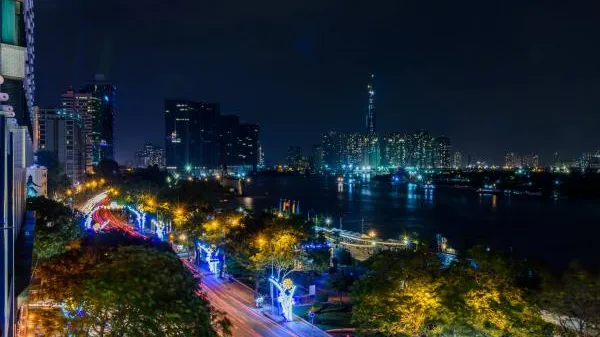
What does the future look like for Vietnam’s retail sector?
Suburban areas are increasingly getting attention from developers.
According to a report from Avison Young, in central areas, where demand is highest, prime retail space is scarce and comes with a high price. As a result, developers are increasingly turning their attention to suburban areas and new urban zones, where large-scale projects can be more easily developed.
“As these areas become better connected to city centres through improved transportation infrastructure, population growth will follow, driving higher consumer demand and making the suburbs ideal locations for new shopping mall developments,” the report added.
Here’s more from Avison Young:
Despite the rapid growth of e-commerce in Vietnam, many consumers still prefer to shop at physical stores, especially for fashion, luxury goods, and items that require direct interaction. As a result, shopping malls are adapting by integrating omnichannel retail strategies, blending online and offline experiences. This approach enhances the customer shopping journey, allowing them to browse online and buy in-store, or vice versa.
With Vietnam's retail space per capita still relatively low compared to other Southeast Asian countries like Thailand, Malaysia, and Singapore, there is significant untapped potential for developers.
Major retail corporations such as Aeon Mall, Central Retail, and Lotte are ramping up efforts to expand in Vietnam, recognizing the country as a strategic market in the region. With a rapidly growing middle class and increasing purchasing power, Vietnam has become an attractive destination for international giants to develop shopping malls and supermarkets. These retailers are not only scaling up but also focusing on elevating the shopping experience by combining retail with entertainment and dining to draw in customers.
Meanwhile, Vin Retail, a strong domestic player, is solidifying its position through its Vincom and VinMart chains, emphasising omnichannel retail and modern technology integration. This intense competition is set to drive further growth in Vietnam’s retail sector, offering consumers a wider range of shopping options.
While the retail development landscape presents great opportunities for both domestic and international investors, success in this increasingly competitive market will require a focus on enhancing customer experience, applying modern technology, and creative space design to better meet consumer needs. Expanding into suburban areas and developing multifunctional shopping centres will also be key strategies to tap into long term growth potential.



















 Advertise
Advertise




